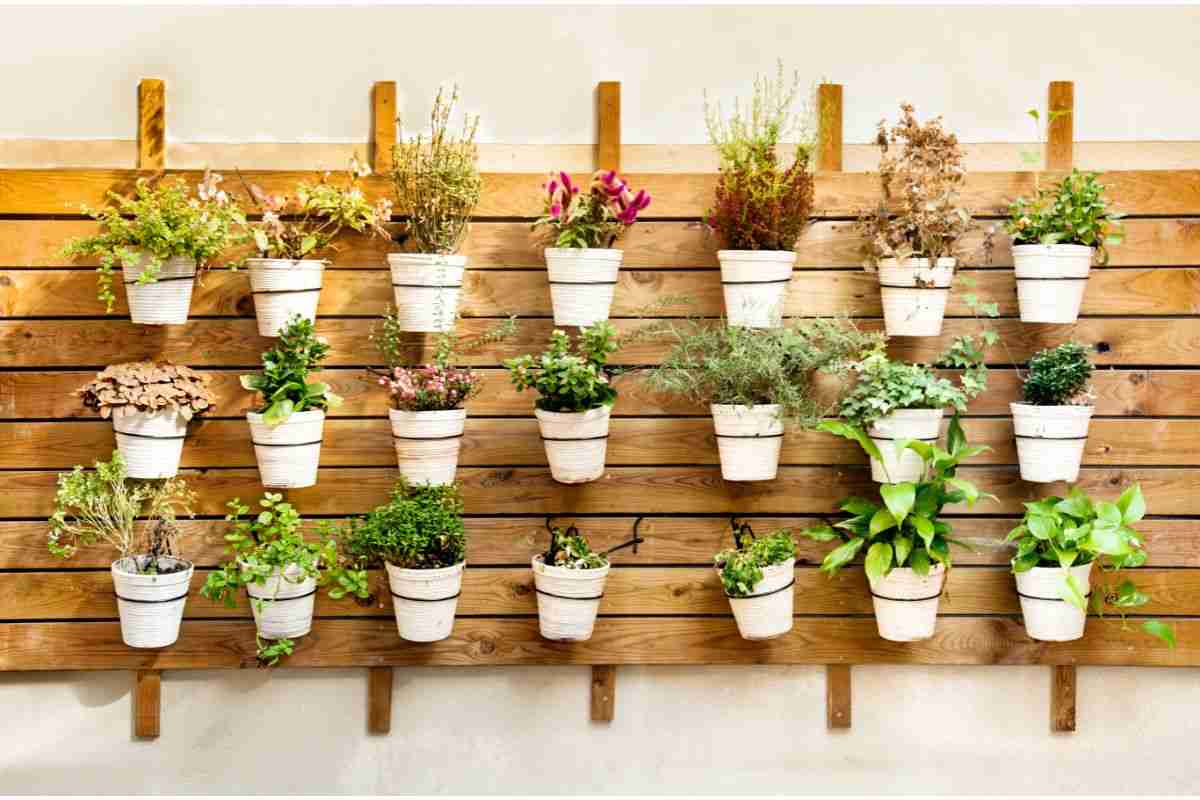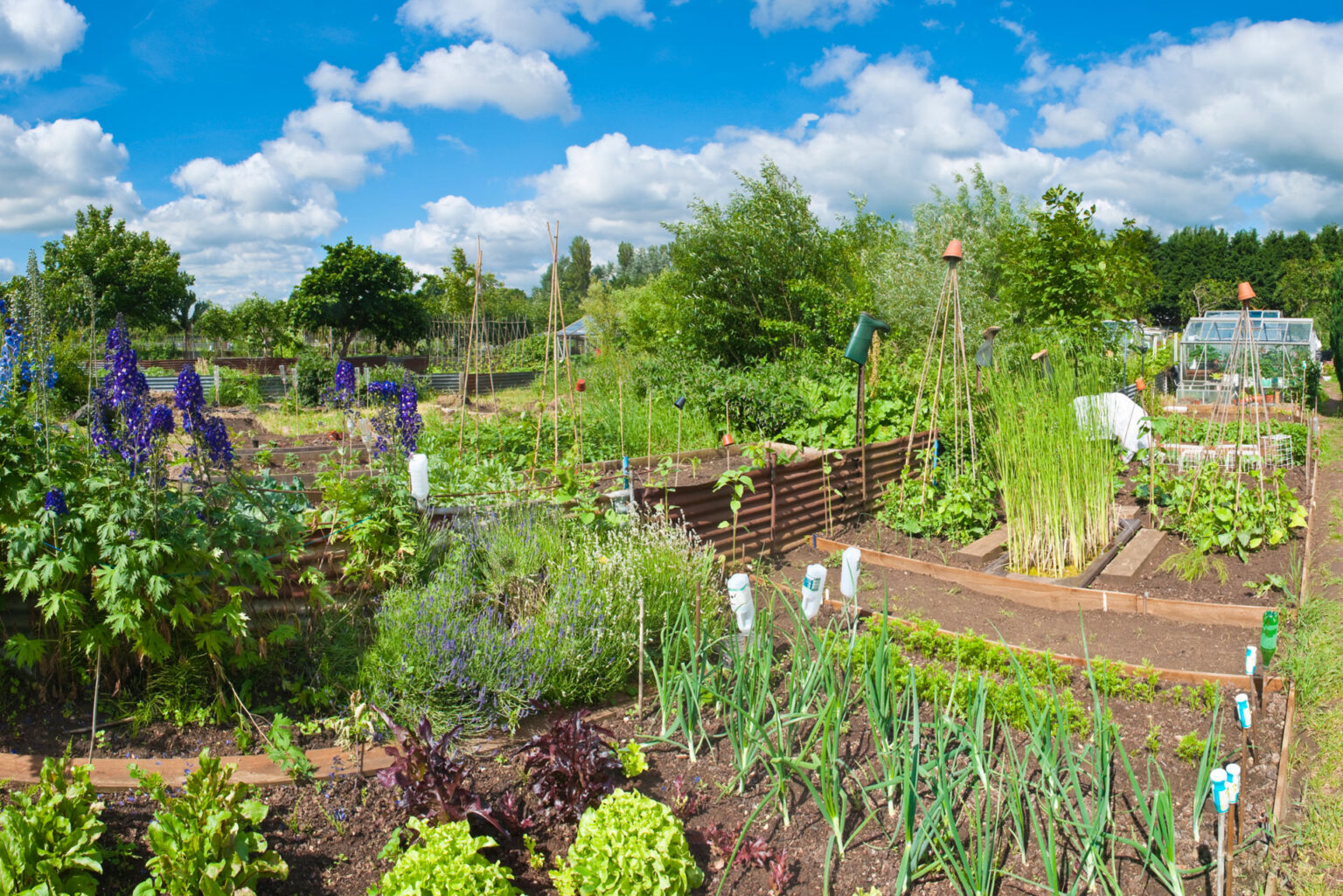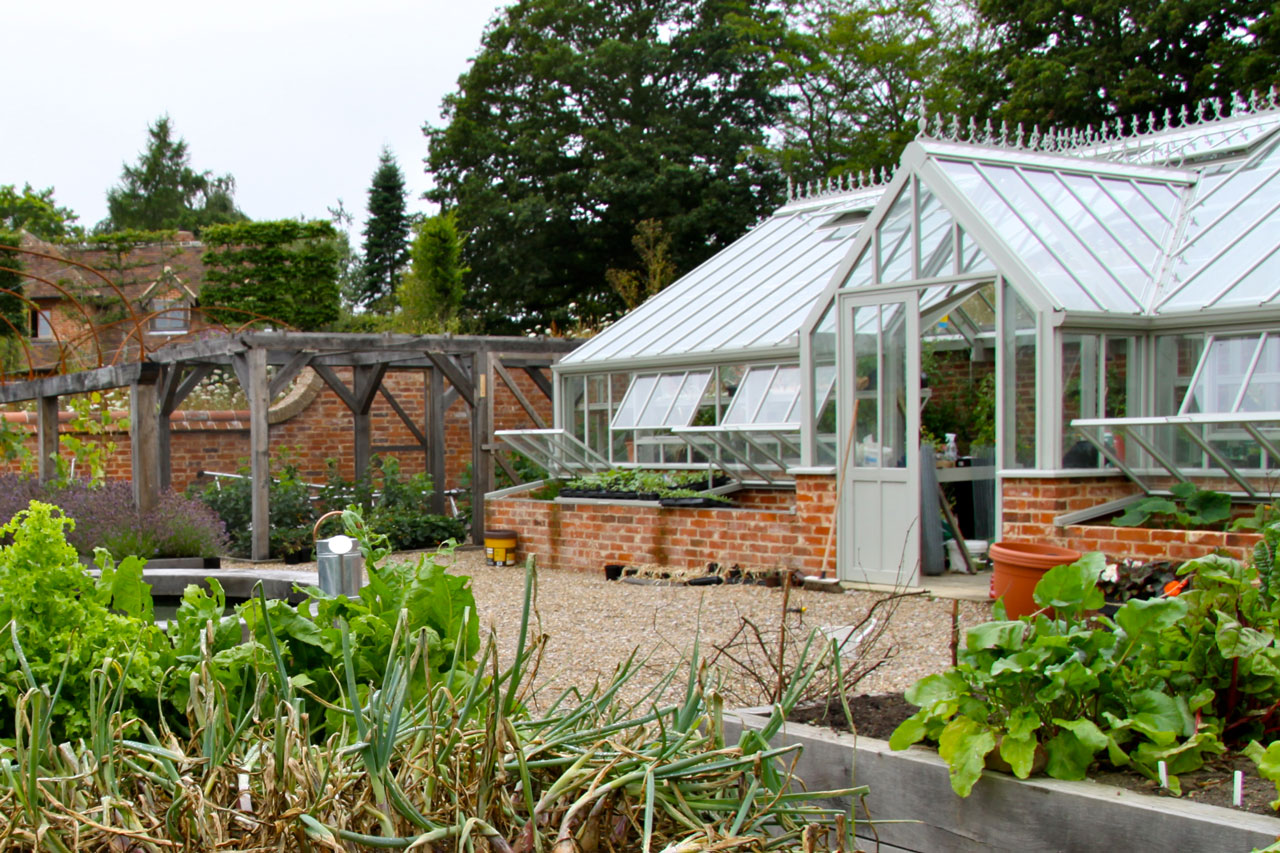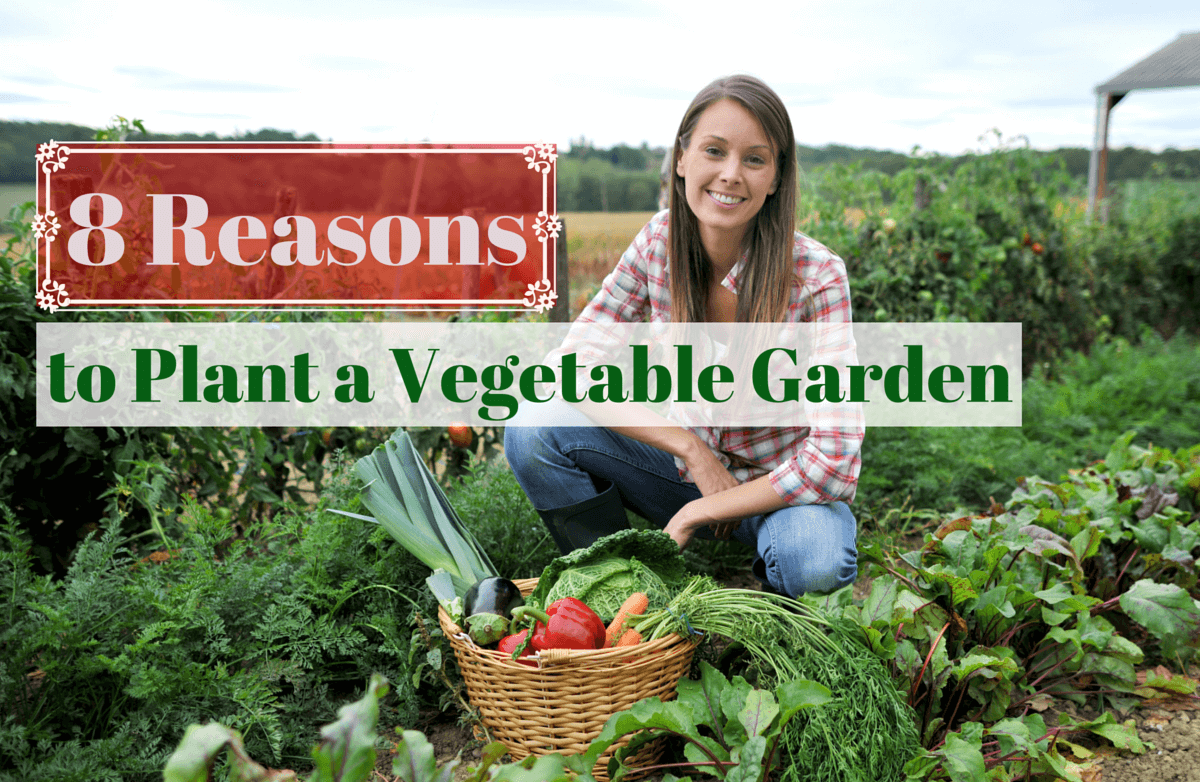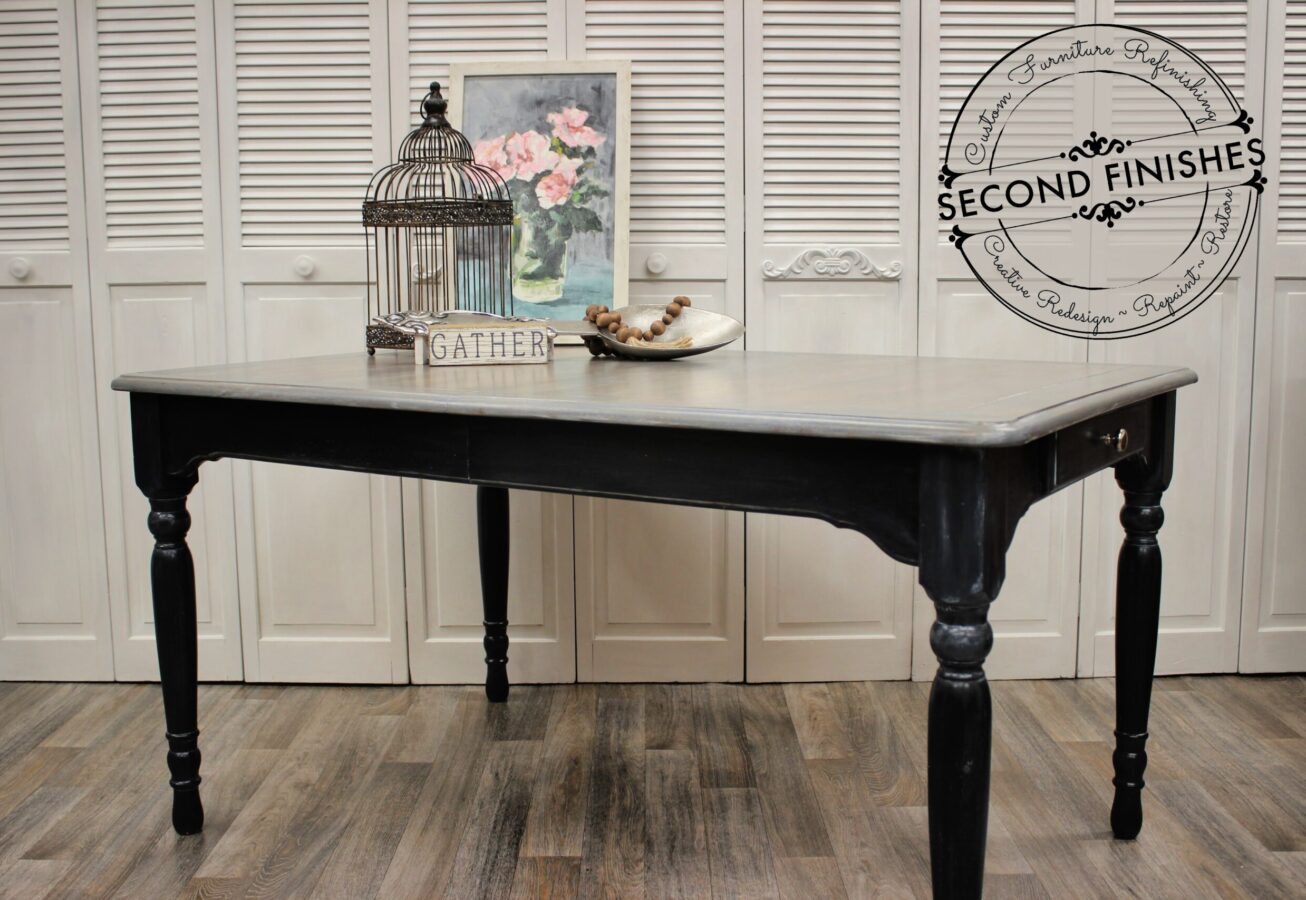Growing plants on your kitchen wall is not only a great way to add some greenery to your home, but it also serves as a functional and space-saving solution for those who love to cook with fresh herbs and vegetables. With a little bit of creativity and some simple DIY techniques, you can transform your kitchen wall into a beautiful and thriving vertical garden. Here are 10 steps to help you get started.How to Grow Plants on a Kitchen Wall
When it comes to choosing the right plants for your kitchen wall, it's important to consider the amount of sunlight and space available. Some plants thrive in low-light conditions, while others require more direct sunlight. Here are 10 of the best plants to grow on your kitchen wall:10 Best Plants to Grow on Your Kitchen Wall
One of the most popular ways to grow plants on a kitchen wall is by using DIY planters. These can be made from a variety of materials, such as mason jars, wood pallets, and even recycled containers. Not only are these planters budget-friendly, but they also add a unique touch to your kitchen decor. Simply drill some holes in the bottom of the container for drainage, add soil and your chosen plants, and hang them on your kitchen wall using hooks or brackets.DIY Kitchen Wall Planters
Vertical gardening is a great technique for growing plants on a kitchen wall, especially if you have limited space. This method involves using a vertical structure, such as a trellis or wire mesh, to support your plants as they grow upwards. You can also use hanging baskets or wall-mounted planters to create a vertical garden. This not only saves space but also adds a visually appealing element to your kitchen.Vertical Gardening in the Kitchen
A living wall, also known as a green wall, is a vertical garden that is created by attaching plants to a structure or wall using a system of trays or pockets. This method is perfect for growing herbs in your kitchen as it allows for maximum space utilization and provides a beautiful backdrop for your cooking area. You can either purchase a living wall system or create your own using a frame, waterproof backing, and pockets filled with soil and plants.Using a Living Wall to Grow Herbs in Your Kitchen
Growing plants on your kitchen wall doesn't have to be limited to traditional planters and structures. Get creative and think outside the box to incorporate plants into your kitchen decor. For example, you can use a ladder shelf to hold small potted plants, attach wire baskets to the wall to create a tiered garden, or even use a hanging shoe organizer to grow herbs and small vegetables. The possibilities are endless!Creative Ways to Incorporate Plants into Your Kitchen Decor
Before you start growing plants on your kitchen wall, here are a few tips to keep in mind:Tips for Growing Plants on a Kitchen Wall
If you're looking for more inspiration, here are a few indoor wall garden ideas for your kitchen:Indoor Wall Garden Ideas for Your Kitchen
If you're interested in growing a herb garden on your kitchen wall, here's a simple step-by-step guide:How to Make a Kitchen Wall Herb Garden
Aside from adding a beautiful touch to your kitchen decor, growing plants on your kitchen wall also has many benefits:Benefits of Growing Plants on Your Kitchen Wall
Creating a Vertical Garden in Your Kitchen: The Latest Trend in House Design

In recent years, the concept of vertical gardening has gained popularity among homeowners looking to add a touch of greenery to their living spaces. And what better place to start than in the heart of the home - the kitchen. With limited space and time, growing plants in a small and easily accessible area like the kitchen wall is the perfect solution for those looking to add a bit of nature to their home. Not only does it add aesthetic appeal, but it also has numerous benefits for both your health and the environment.
The Benefits of a Vertical Garden in Your Kitchen

Vertical gardening is not just a trendy design concept, it also has many practical advantages. First and foremost, having plants in your kitchen can improve the air quality by reducing pollutants and increasing oxygen levels. This can have a positive impact on your overall health, especially if you spend a lot of time cooking in the kitchen. Additionally, having a vertical garden in your kitchen can help to reduce stress and promote relaxation, as plants have been proven to have a calming effect on the mind.
But the benefits don't stop there. A vertical garden in your kitchen can also serve as a natural air purifier, absorbing harmful chemicals and toxins from the air. This is especially beneficial in urban environments where air pollution is a major concern. Furthermore, growing your own herbs, fruits, and vegetables in your kitchen can save you money and reduce your carbon footprint by eliminating the need to purchase produce that has been transported from far distances.
Designing Your Vertical Kitchen Garden

One of the best things about a vertical garden is that it can be tailored to fit any space and style. Whether you have minimal counter space or a large empty wall, there are countless ways to incorporate a vertical garden into your kitchen design. You can use a variety of containers, such as hanging pots, wall-mounted shelves, or even repurposed items like mason jars or old gutters. This allows you to get creative and add a personal touch to your kitchen.
When choosing plants for your vertical garden, it's important to consider the lighting in your kitchen. Most herbs and leafy greens thrive in bright, indirect light, making them perfect for a kitchen setting. However, if your kitchen doesn't get much natural light, you can opt for low-light plants like pothos or snake plant.
Final Thoughts

A vertical garden in your kitchen is not only a beautiful addition to your home, but it also has numerous benefits for your health and the environment. By incorporating a touch of nature into your kitchen design, you can create a more inviting and relaxing space while also reducing your ecological footprint. So why not give this growing trend a try and see the positive impact it can have on your home and well-being?






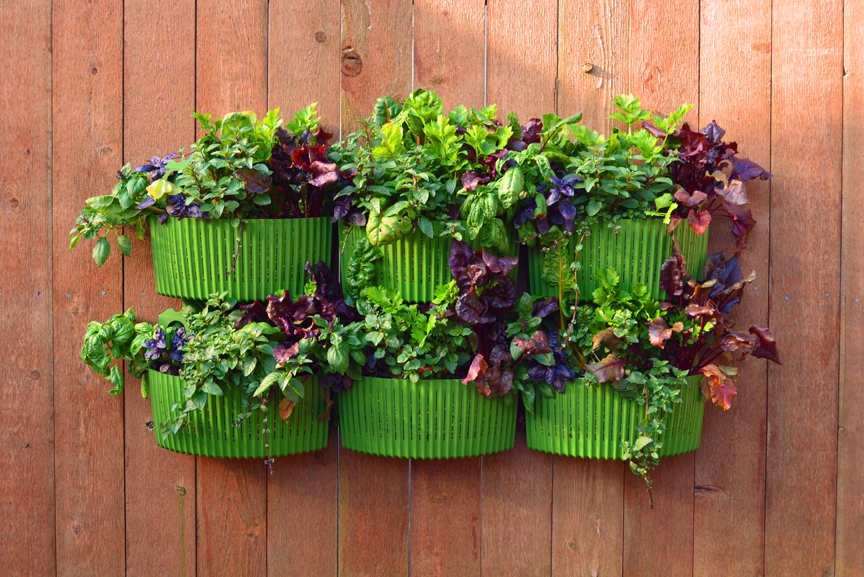
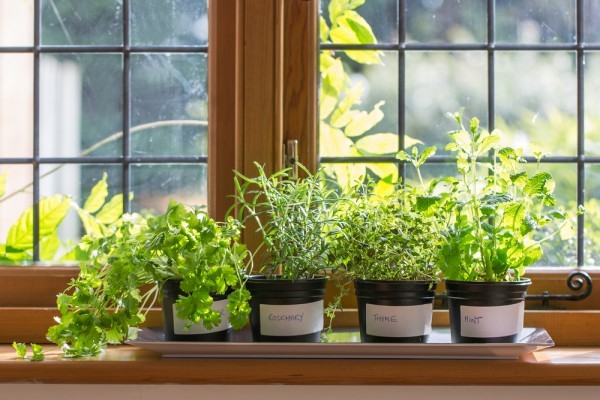




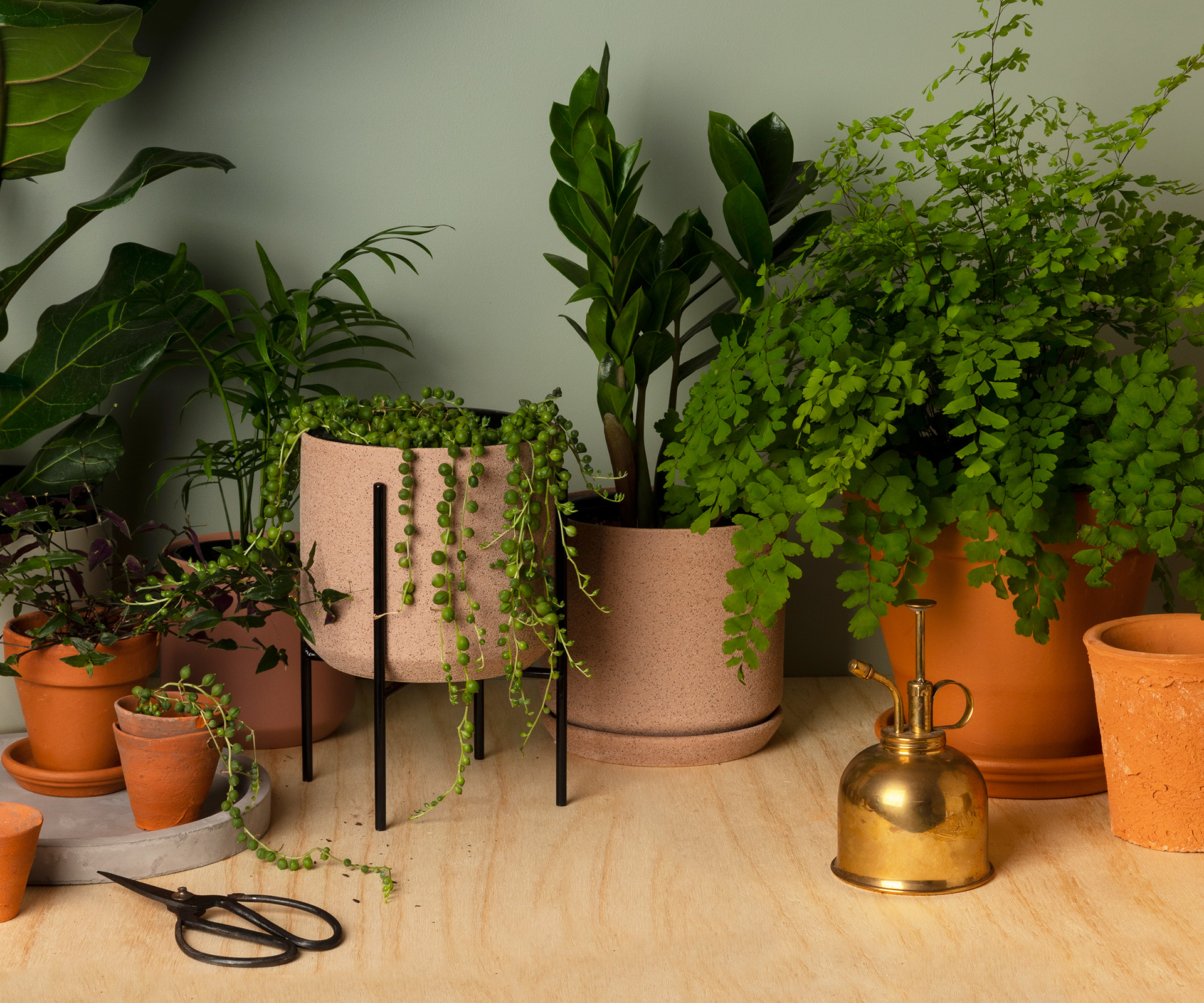




























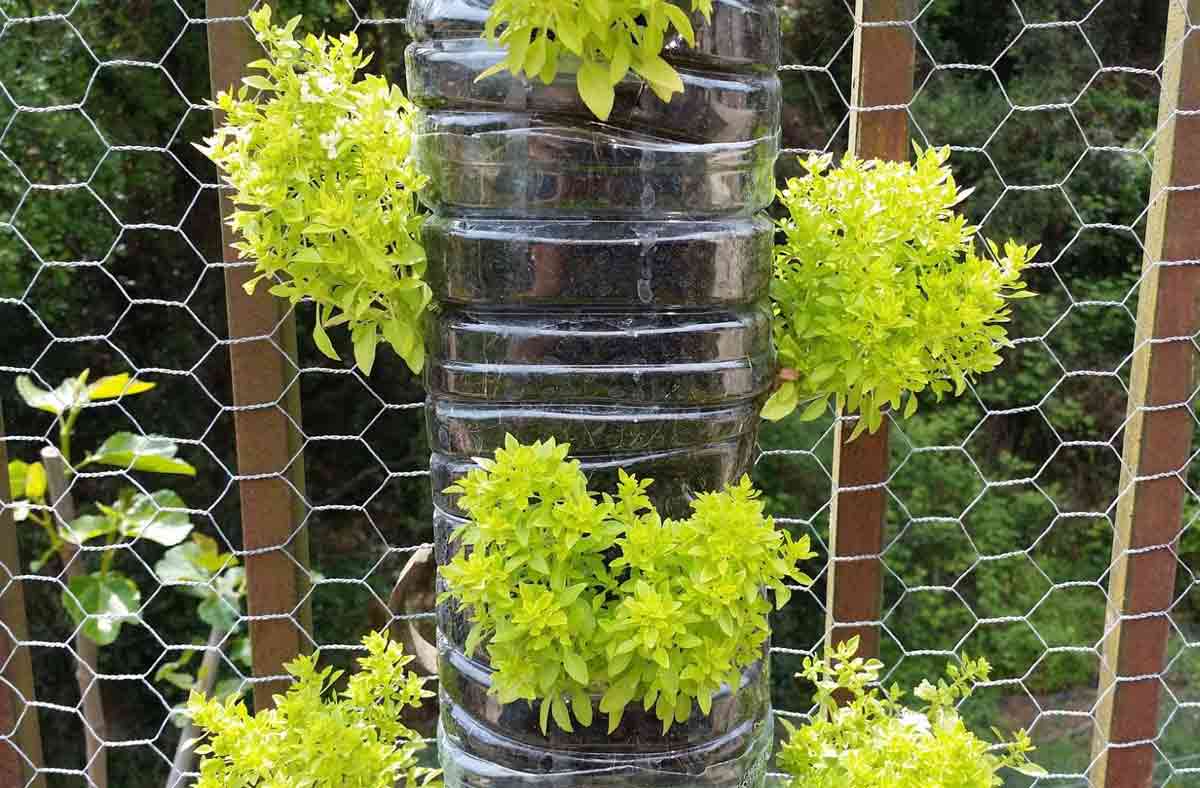







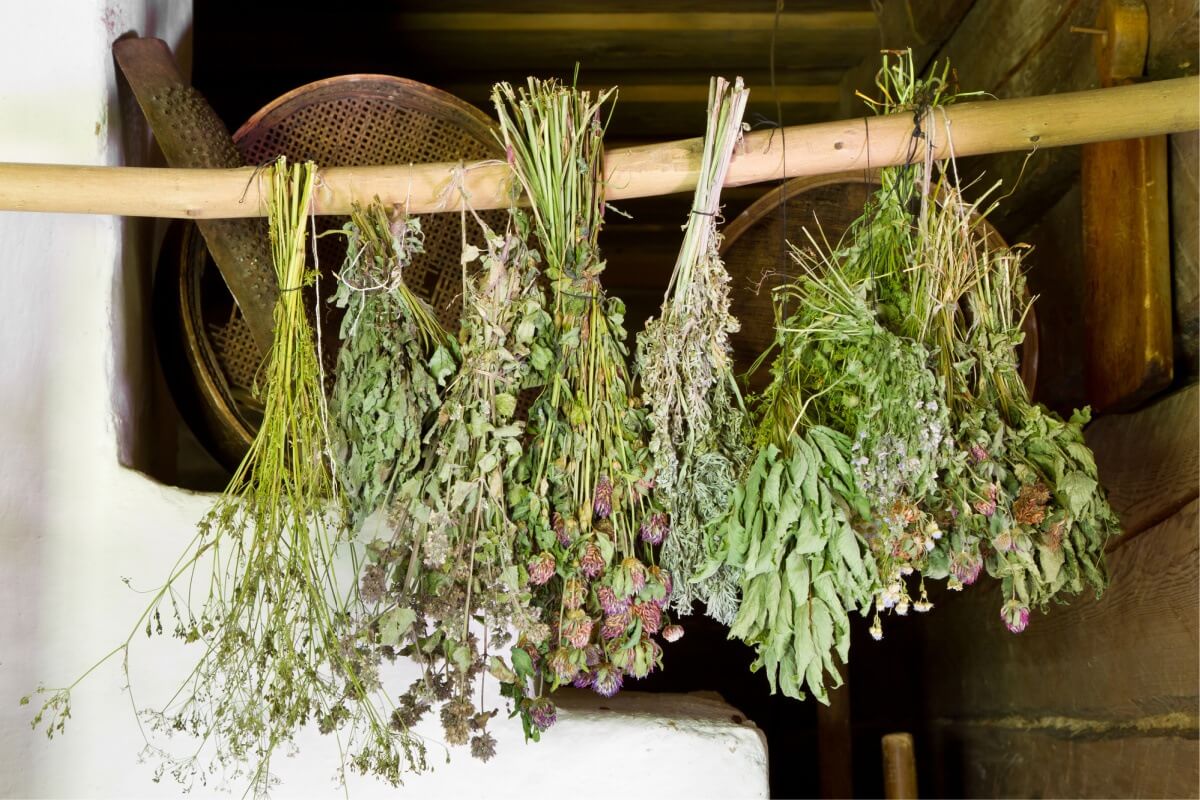





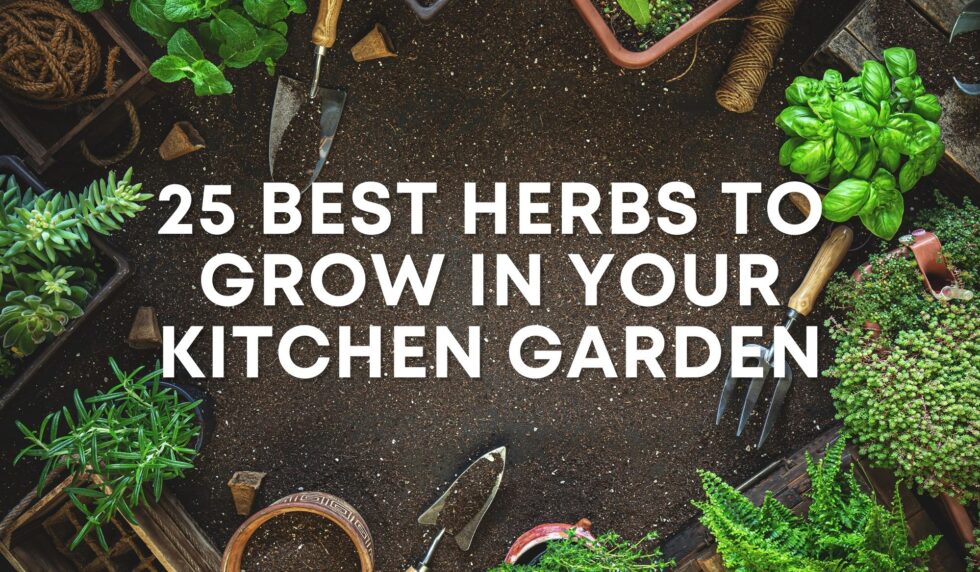





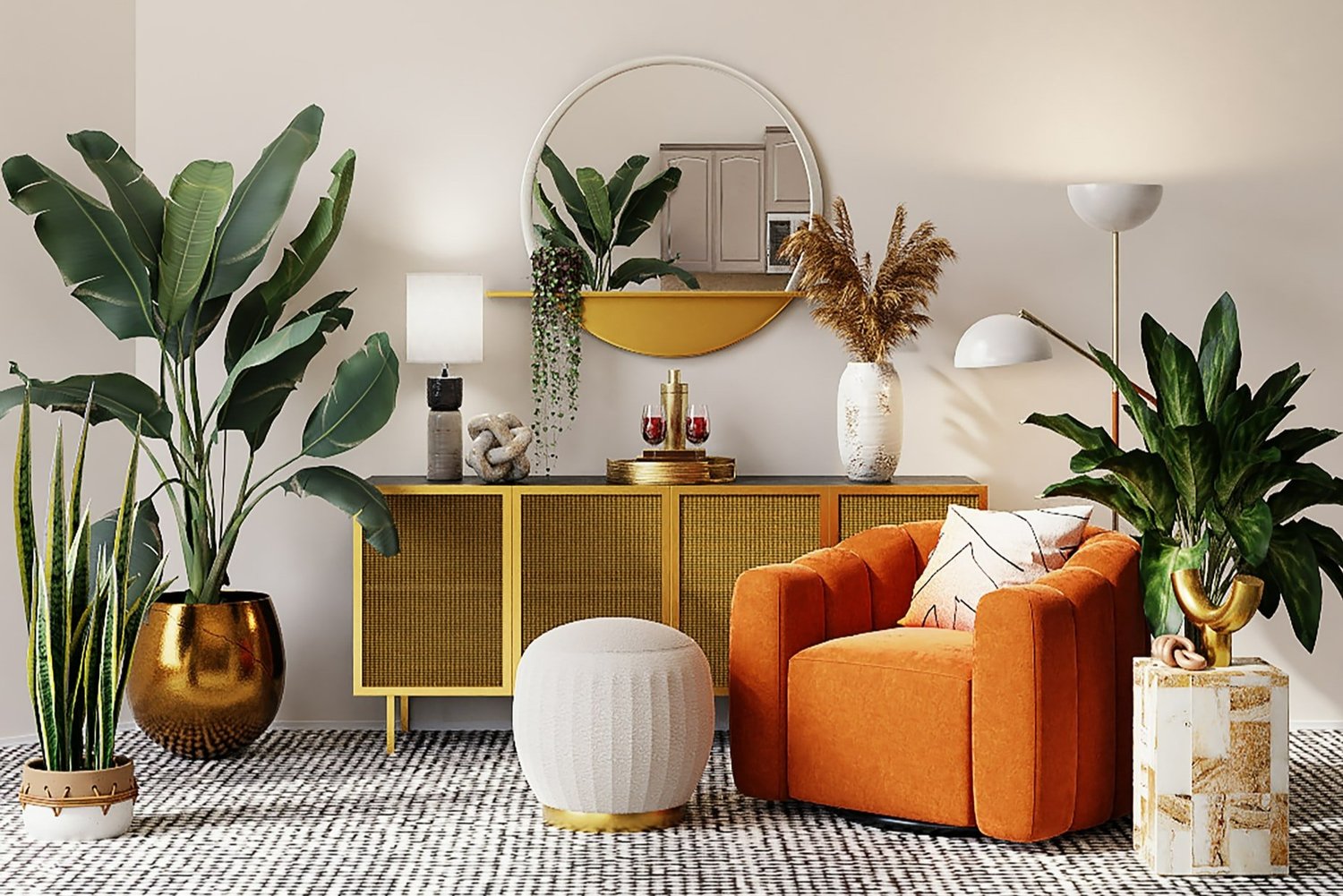























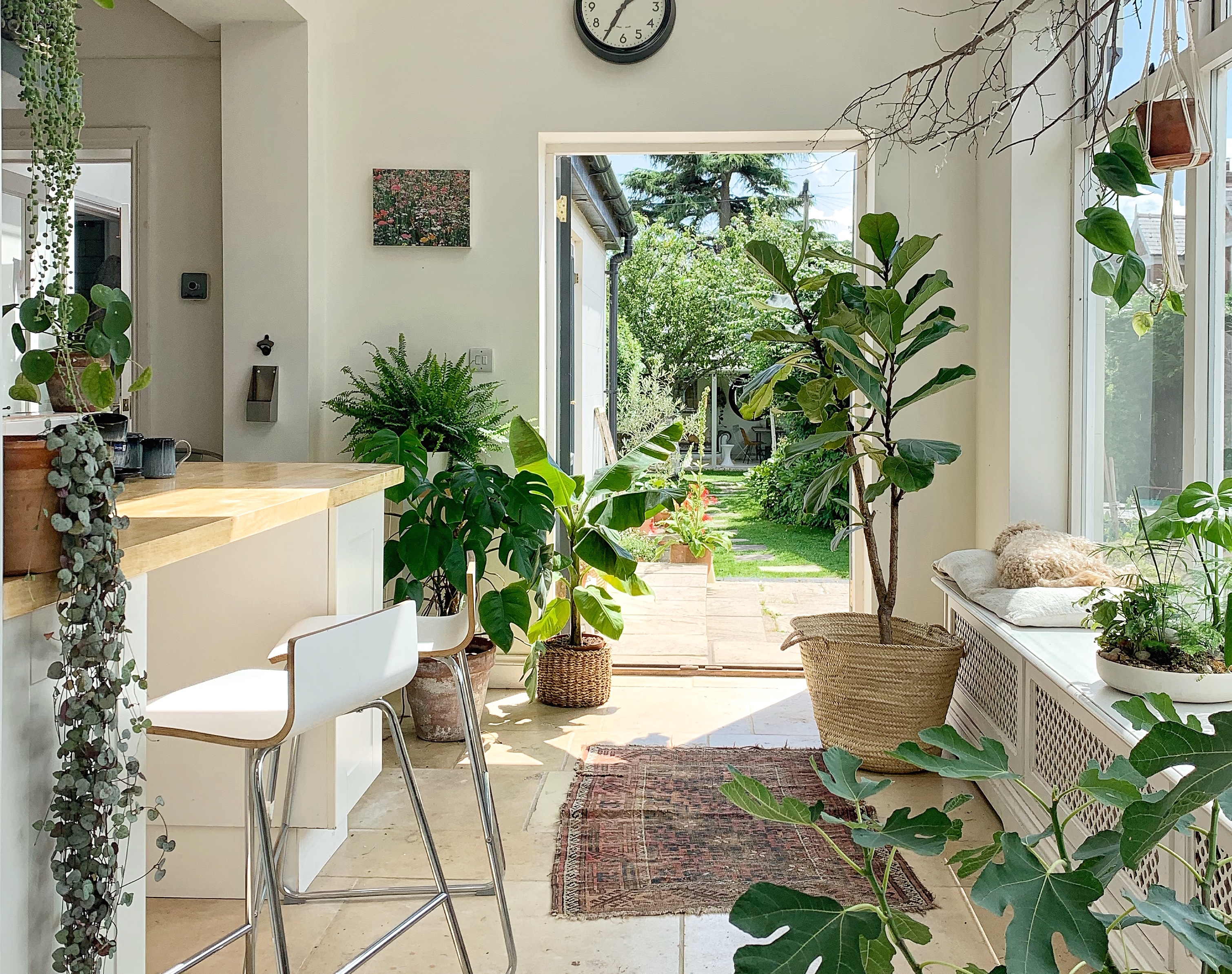






:max_bytes(150000):strip_icc()/window-hanging-herb-planter-05014de0-c912aa196673407ea37d5ff6dbc7bcda.jpg)

